Red Pepper Capsicum: The Spicy Sweetheart of the Spice World
Introduction: What Makes Red Pepper Capsicum So Special?
Imagine this — you’re at a market, and you spot those vibrant red bell peppers. They practically glow in the sunlight, begging to be picked. But did you know that these beauties aren’t just sweet and colorful? They also have a secret life as part of the Capsicum family — yes, even the ones that don’t pack heat!
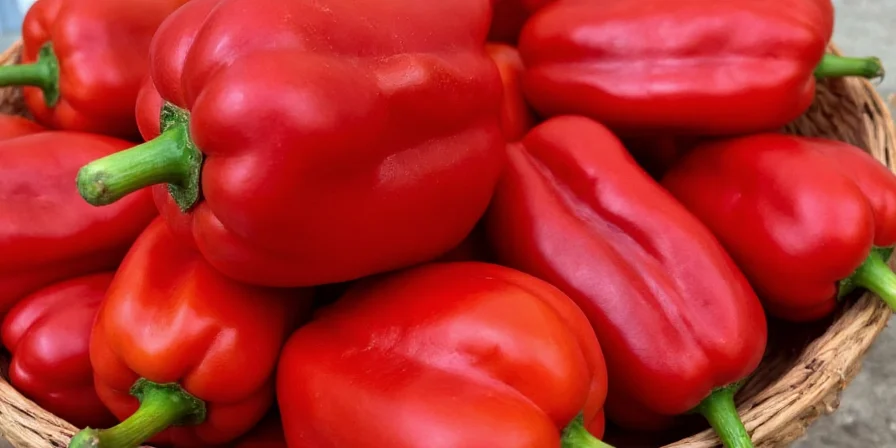
The Capsicum Clan: A Family Tree of Flavors
The Capsicum genus is like a spicy version of a big, quirky family reunion. Some members are hot-headed (literally), while others bring the sweetness to the table. Red pepper capsicum sits somewhere in the middle — it’s often sweet, sometimes smoky, and always versatile.
| Capsicum Variety | Heat Level (Scoville) | Taste Profile |
|---|---|---|
| Bell Pepper | 0 SHU | Sweet, crisp |
| Poblano | 1,000–2,000 SHU | Earthy, mild |
| Jalapeño | 2,500–8,000 SHU | Grassy, tangy |
| Hatch Green Chile | 1,000–8,000 SHU | Smoky, robust |
| Red Bell Pepper (dried) | 0 SHU | Fruity, rich |
Top 10 Tips & Tricks for Using Red Pepper Capsicum Like a Pro
- 1. Roast It for Richness: Toss red pepper capsicum on an open flame or under the broiler until blistered. Let it steam, peel off the skin, and drizzle with olive oil for a flavor-packed topping.
- 2. Dry It Out: If you're feeling fancy, dry your red peppers in a dehydrator or oven. Grind them into powder for homemade paprika or chili flakes.
- 3. Use in Pasta Sauces: Blend roasted red peppers with garlic, olive oil, and a splash of balsamic vinegar for a quick and creamy pasta sauce without cream.
- 4. Freeze It: No time to cook? Chop raw red peppers and freeze them for later use in soups, stews, or stir-fries.
- 5. Pair with Smoked Cheeses: Red pepper capsicum complements smoked gouda, cheddar, or even feta like a boss. Try them together on crostini or in sandwiches.
- 6. Add to Sandwiches: Fresh slices add crunch and color. For more punch, marinate thin strips in balsamic and olive oil first.
- 7. Make Romesco Sauce: A Spanish classic made from almonds, bread, garlic, olive oil, and roasted red peppers. Perfect for dipping or drizzling over grilled fish or veggies.
- 8. Stir-Fry Smart: Cut into strips and add near the end of cooking in your favorite stir-fry — they’ll keep their bright color and slight bite.
- 9. Stuff It: Hollow out large red peppers and stuff with rice, beans, cheese, or meat. Bake until tender and golden around the edges.
- 10. Boost Your Hummus: Blend roasted red pepper into hummus for a silky, slightly smoky twist on the classic dip.
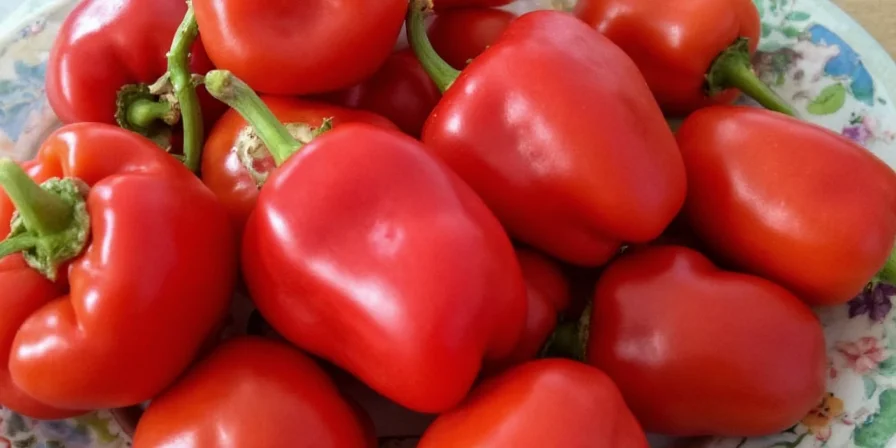
The Science Behind the Spice: What Exactly Is Red Pepper Capsicum?
You might be wondering: “Is red pepper capsicum spicy?” Well, it depends. The term “capsicum” refers to the entire genus of plants that includes both sweet and hot peppers. Red pepper capsicum typically refers to the mature, fully ripened form of the bell pepper — which has zero capsaicin, the compound responsible for spiciness.
But here’s where things get interesting: some dried red peppers used as spices (like pimientos or Hungarian paprika) come from milder capsicum varieties but still carry a bold, complex flavor profile without intense heat.
Nutritional Perks: Why You Should Be Eating More Red Peppers
Red peppers are nutritional powerhouses. They contain:
- Vitamin C: More than twice the amount found in citrus fruits per serving.
- Vitamin A: Through beta-carotene, great for eye health and skin.
- Antioxidants: Lycopene and lutein support heart health and protect against oxidative stress.
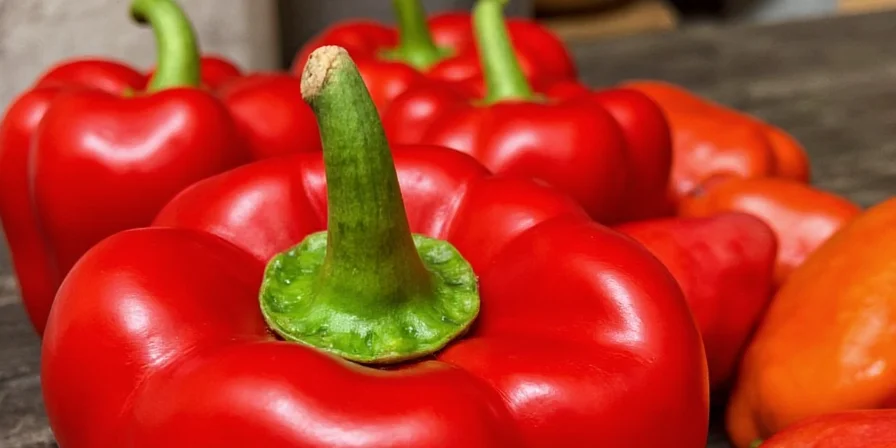
From Garden to Table: Growing Your Own Red Pepper Capsicum
If you’re a gardening enthusiast, growing red pepper capsicum can be a rewarding experience. Here's how to do it right:
- Start Indoors: Begin seeds indoors about 8 weeks before the last frost date.
- Warmth is Key: These plants love warm soil and plenty of sun — aim for at least 6–8 hours daily.
- Fertilize Wisely: Use a balanced fertilizer early on and switch to a low-nitrogen, high-phosphorus formula once flowering begins.
- Pick at Peak Ripeness: Wait until the peppers turn fully red for maximum sweetness and flavor.
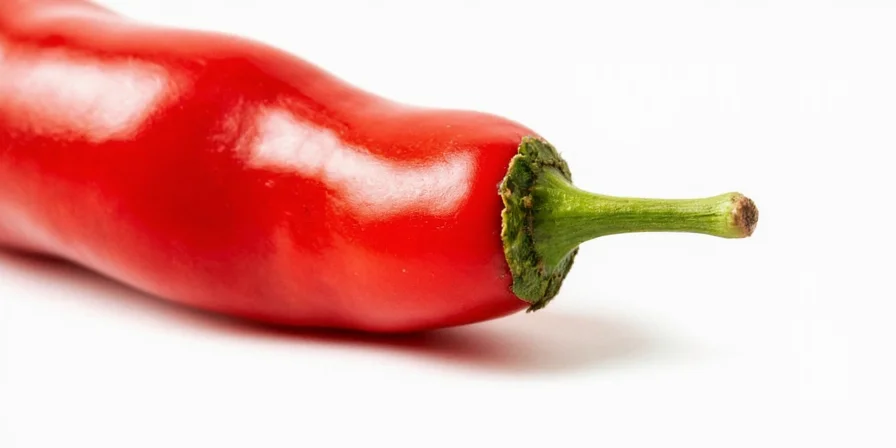
Common Mistakes to Avoid When Cooking with Red Pepper Capsicum
We’ve all been there — trying to make a beautiful dish and ending up with soggy or bland red peppers. Here are a few tips to avoid common pitfalls:
- Mistake #1: Overcooking – Red peppers become mushy if cooked too long. Add them near the end of cooking when possible.
- Mistake #2: Not Roasting Properly – Under-roasted peppers can taste bitter. Give them enough time to blister and soften.
- Mistake #3: Skipping Acid – A touch of lemon juice or vinegar enhances the natural sweetness of red peppers.
- Mistake #4: Ignoring Texture Contrast – Mix roasted and raw red peppers in salads or salsas for depth of flavor and texture.
Global Flavor Tour: How Different Cultures Use Red Pepper Capsicum
Let’s take a culinary world tour and see how red pepper capsicum shines in various cuisines:
| Region | Dish | How It’s Used |
|---|---|---|
| Spain | Romesco Sauce | Blended into a nutty, smoky sauce served with seafood or vegetables |
| Mexico | Chiles Rellenos | Stuffed with cheese and fried or baked |
| Italy | Peperonata | Sautéed with onions and olive oil for a rustic side dish |
| India | Stuffed Bell Pepper Curry | Marinated and simmered in spiced gravy |
| USA | Red Pepper Jelly | Used to create a tangy-sweet jelly served with crackers and cheese |
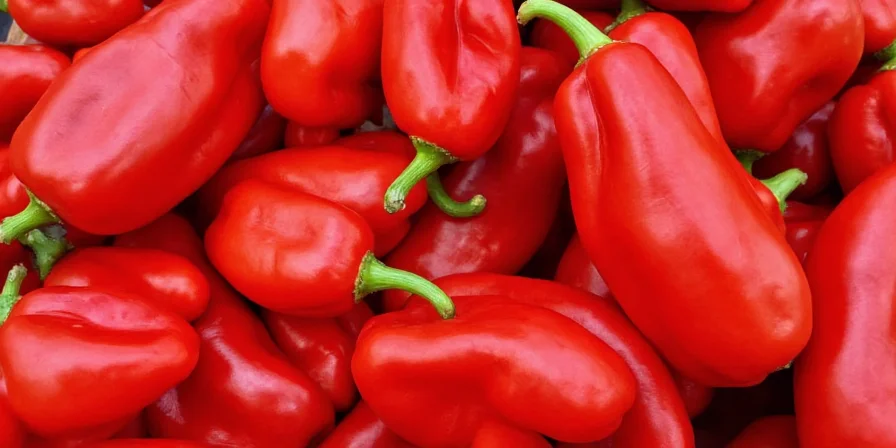
Final Thoughts: Embrace the Versatility of Red Pepper Capsicum
Whether you’re roasting, stuffing, slicing, or drying, red pepper capsicum is one of those ingredients that adapts beautifully to almost any recipe. With its sweet flavor, vivid color, and impressive nutrition profile, it deserves a regular spot in your kitchen.
So next time you walk past the produce aisle, give those glowing red peppers a second glance. You might just find yourself inspired to whip up something deliciously unexpected.

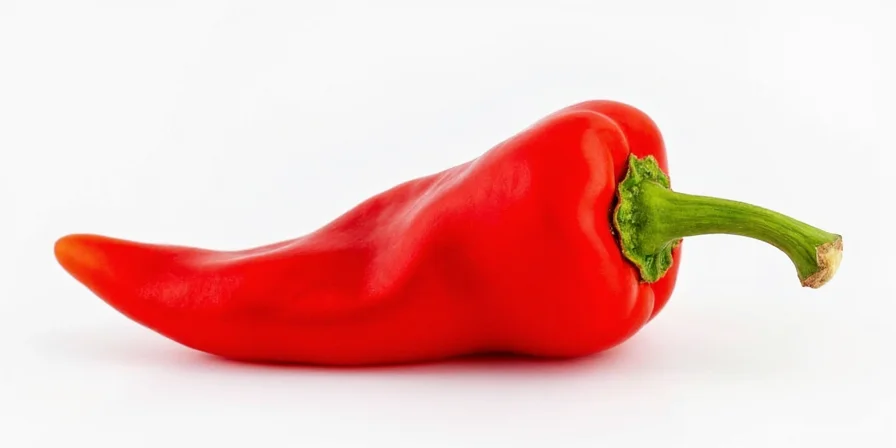









 浙公网安备
33010002000092号
浙公网安备
33010002000092号 浙B2-20120091-4
浙B2-20120091-4